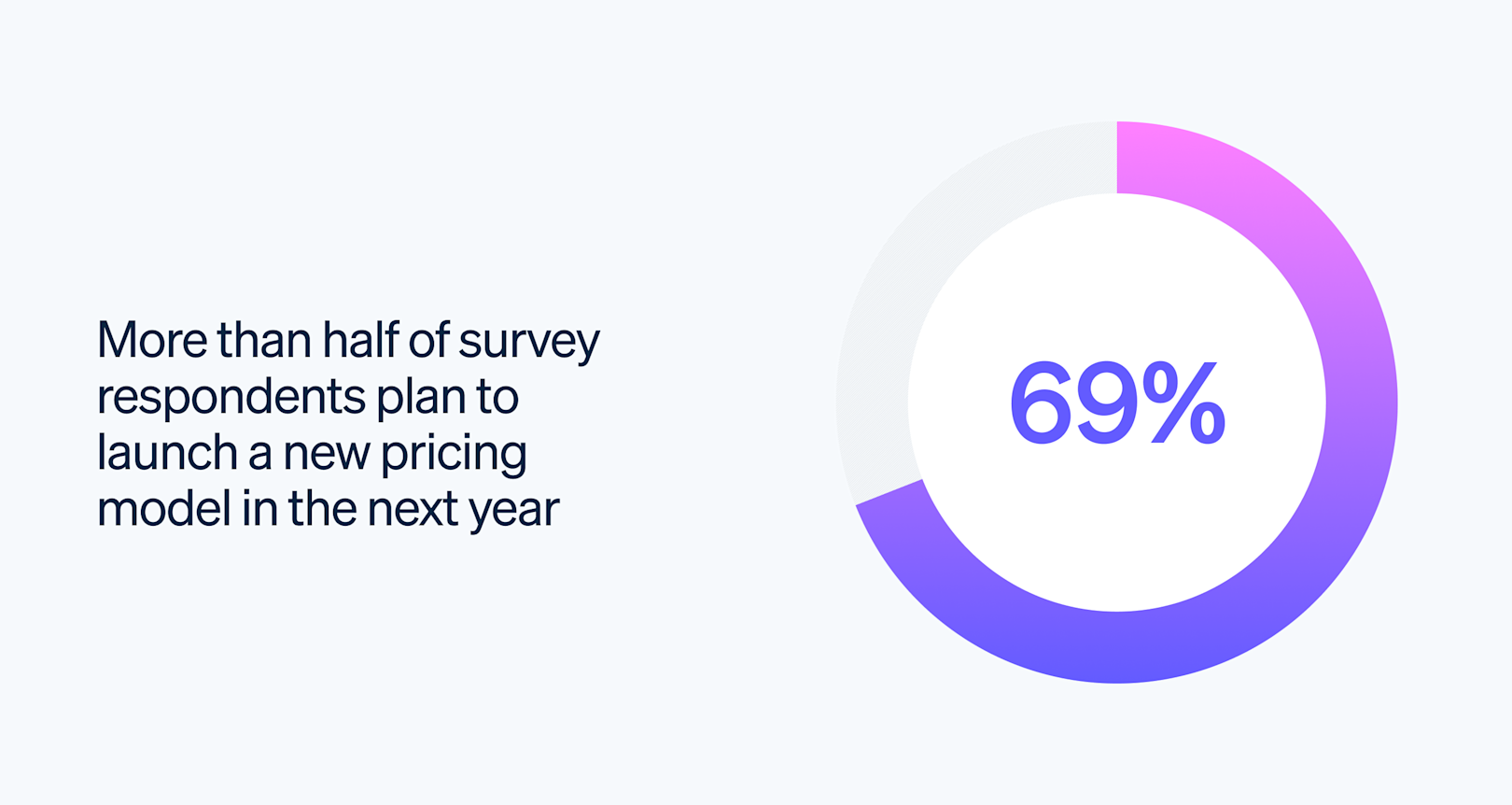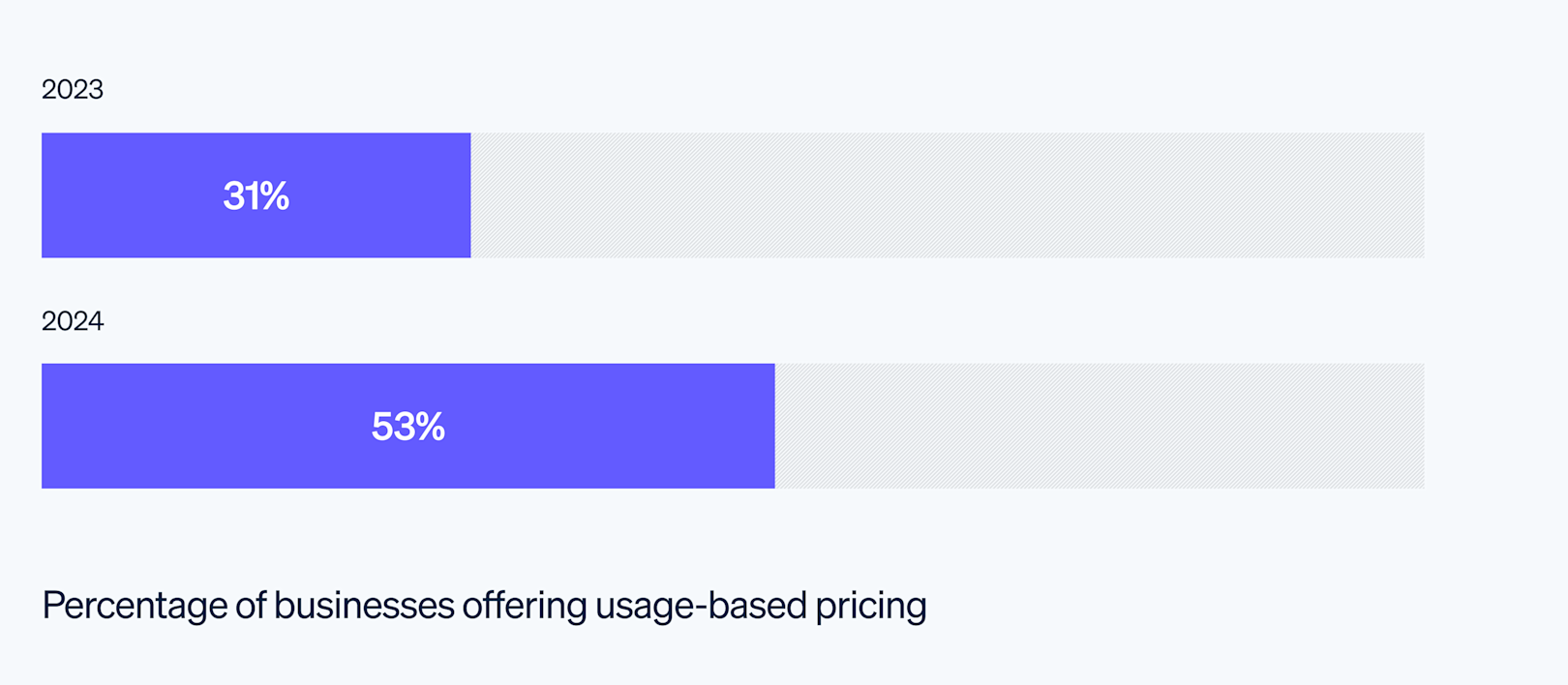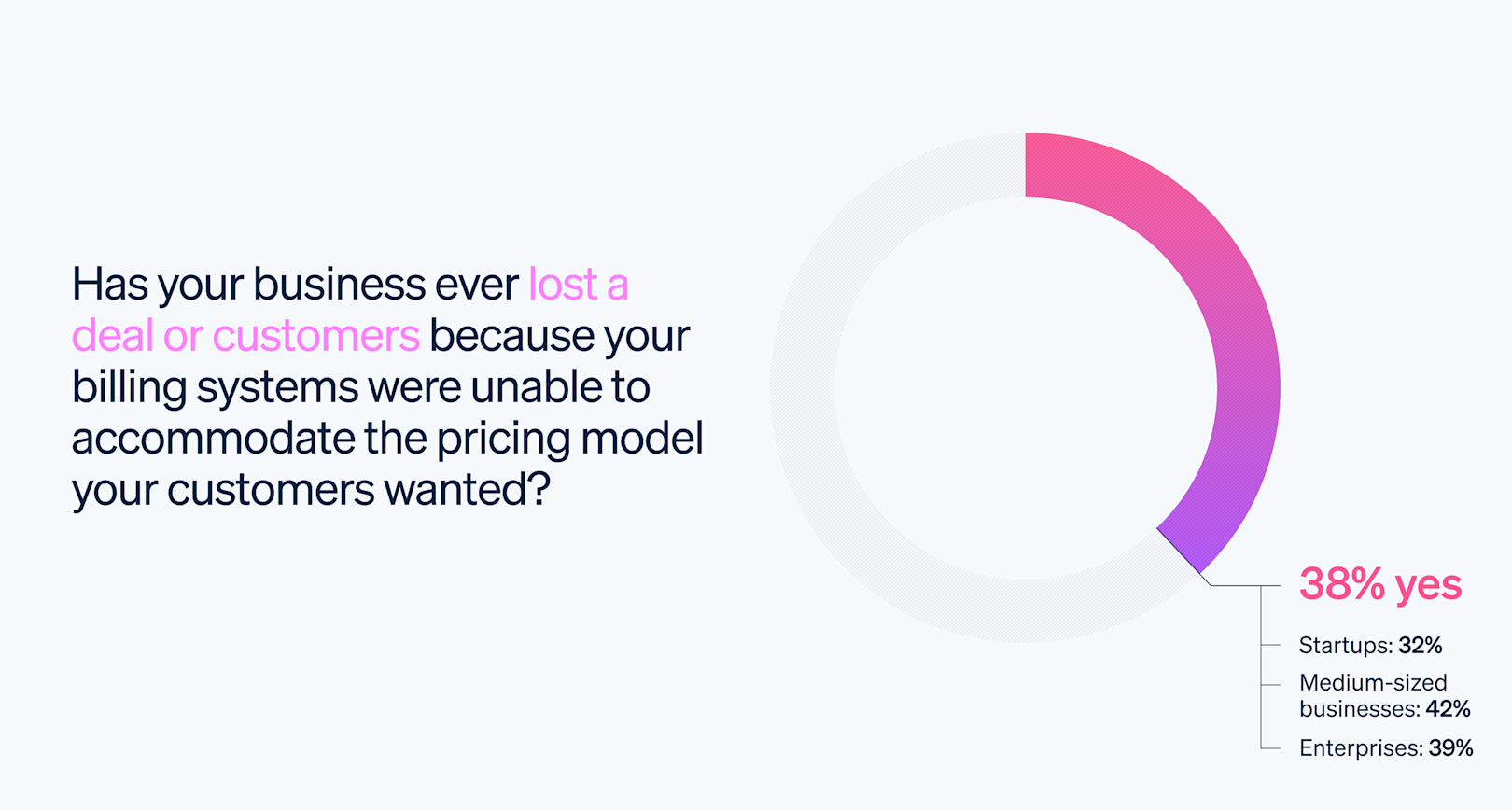The pricing model dilemma, according to 2,000+ subscription business leaders
Earlier this year, Applebee’s won the internet by launching its Date Night Pass subscription, which offered diners a year’s worth of date-night meals for $200. The subscription sold out in less than a minute, and Applebee’s quickly followed up by offering an additional 1,000 passes to accommodate customer demand.
This highlights a recent trend in pricing strategies: instead of first developing a product offering and later determining a pricing model, businesses are using pricing as the foundation to create new products. This approach increases customer satisfaction and ensures a business’s offering resonates with its target audience.
We surveyed more than 2,000 subscription business leaders from around the world to understand how they are responding to this pricing trend. We learned that businesses increasingly want to experiment with pricing models, but there is one thing in their way: their billing systems.
The majority of businesses we surveyed plan to launch new pricing models in the next year

Experimenting with new pricing models allows businesses to get ahead of one of their greatest challenges: customer churn. Customers are often sensitive to the cost of recurring payments—and quicker than ever to cancel subscriptions. In fact, more than half of subscription business leaders we surveyed said that “subscription fatigue is real.” These concerns are motivating business leaders to experiment with new ways to combat churn, with 69% planning to launch new pricing models in the next year.
For example, Intercom—a customer service SaaS company—launched its AI chatbot, Fin, on a resolution-based pricing model. This means that customers are only charged when Fin successfully resolves a support issue, reducing the likelihood of churn since customers are only paying for what they use.
Usage-based pricing is growing, attracting businesses that are looking for creative monetization opportunities

According to our survey, one of today’s more popular pricing models is charging based on usage. This kind of pricing has been used for years by infrastructure-as-a-service companies such as AWS, Snowflake, Datadog, and also Stripe. Usage-based pricing helps businesses charge based on the value they provide to customers.
Our analysis shows that more companies are offering usage-based pricing in 2024 compared to 2023, and almost 73% plan to offer more usage-based pricing plans by Q1 2025.
This increase is driven by a wider range of businesses finding creative ways to bill for usage. Just recently we’ve seen:
- A cloud company charging for à la carte computing hours
- A digital security firm charging for each bug it catches
- A sales platform charging per email sent
Bill Bedsworth, head of pricing at Stripe, explains its increasing popularity: “Pay-as-you-go aligns the price directly to usage, with no up-front commitment for the user. This is excellent for price-sensitive users where you want a low barrier to entry in order to get them to try your product.”
Many billing systems are unable to support creative pricing models

It’s clear that business leaders want to experiment with—and evolve—their pricing strategies. However, one thing is holding them back: their current billing system. Businesses often find that their chosen solution is unable to grow alongside them as they scale.
In an ideal world, billing systems should give businesses the flexibility to launch new pricing models in just a few clicks. In reality, the businesses we surveyed said their current billing technology is unable to accommodate the pricing models their customers want. It’s so bad, in fact, that almost 40% of businesses have lost deals as a result.
This reality underscores the complexity involved in pricing. Businesses have to continuously change to stay competitive and grow, and that means figuring out how to offer and manage multiple subscription plans, collect payments in different countries, handle proration if a customer wants to cancel early, and more. What seems like a mere pricing challenge becomes a much broader systems problem—one that touches most facets of a business’s product, business model, and core processes.
In fact, 55% of survey respondents said they are likely to get an entirely new billing system in the next 12 months. The question isn’t whether to replace their billing system or not—it’s what they should adopt instead. When exploring new options, they are prioritizing payments infrastructure that supports flexible pricing models, reduces involuntary churn, and enables global expansion.
More trends from subscription business leaders
To learn more about how business leaders are evolving their pricing models, download our new report on the future of billing systems. We share additional trends from subscription business leaders, like how they plan to combat involuntary churn and expand to new global markets.
